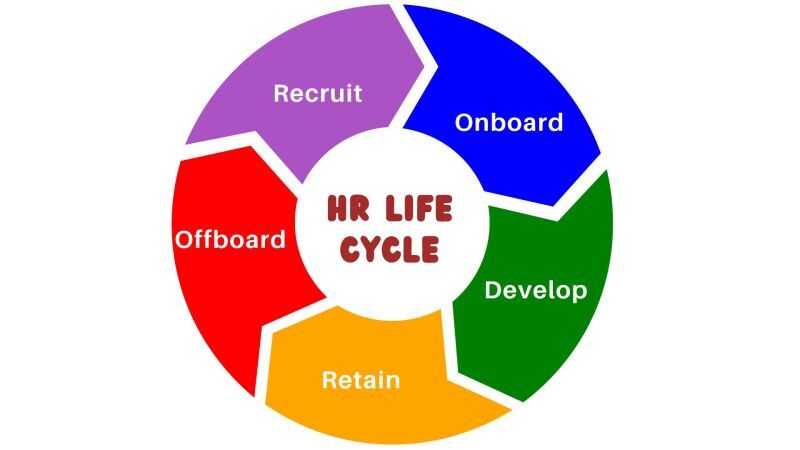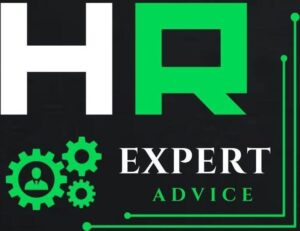Free HR Resources – Tools, Templates, and Guides.
We’re here with something every HR professional will appreciate. Access free expert-crafted HR tools, ready-to-use templates, and practical guides.
From hiring to onboarding and employee engagement — all in one place. Designed to streamline your workflow and elevate your impact. With HRExpertAdvice, managing HR becomes smarter, faster, and easier.
The HR Lifecycle
This refers to the complete journey of an employee in a company — from planning to exit. HR (Human Resources) manages each stage.
- Workforce Planning : Planning how many employees are needed, in which departments, and with what skills.
- Recruitment : Finding the right candidates, conducting interviews, and hiring the best fit.
- Onboarding : Welcoming new employees, introducing them to the company, team, tools, and processes.
- Training & Development : Helping employees learn new skills and grow in their roles through training programs.
- Performance Management : Regularly reviewing how well an employee is doing their job and giving feedback.
- Career Growth / Promotion : Offering promotions, new responsibilities, or learning paths based on performance.
- Exit / Offboarding : Managing the process when an employee leaves — paperwork, handover, feedback, etc.
Why is the HR Lifecycle Important?
Ensures every employee has a structured and professional experience
Helps HR track, improve, and support every step of the employee journey
Builds a healthy and productive work culture

Key Metrics for HR Success.
Employee Turnover Rate – How often employees leave the company. Lower turnover = better retention.
Time to Hire – Average time taken to fill a job position. Faster hiring = efficient recruitment.
Employee Engagement Score – How satisfied and motivated employees feel. Higher score = better culture.
Training Completion Rate – % of employees completing training. Shows commitment to development.
Absenteeism Rate – Frequency of unplanned leaves. Lower rate = better employee well-being.
Performance Review Scores – Employee rating trends over time. Indicates productivity and growth.
Cost Per Hire – Total recruitment cost per employee. Helps optimize hiring budget.
HR-to-Employee Ratio – Number of HR staff vs. total employees. Shows HR department’s scale.
Internal Promotion Rate – % of roles filled internally. Higher rate = strong talent development.
Compliance Violation Count – Number of policy or legal breaches. Fewer violations = stronger HR compliance.
What Our Clients Say
Subscribe for Weekly HR Tips and Resources!
Join thousands of HR professionals and business leaders who receive exclusive insights, tips, and resources straight to their inbox.

